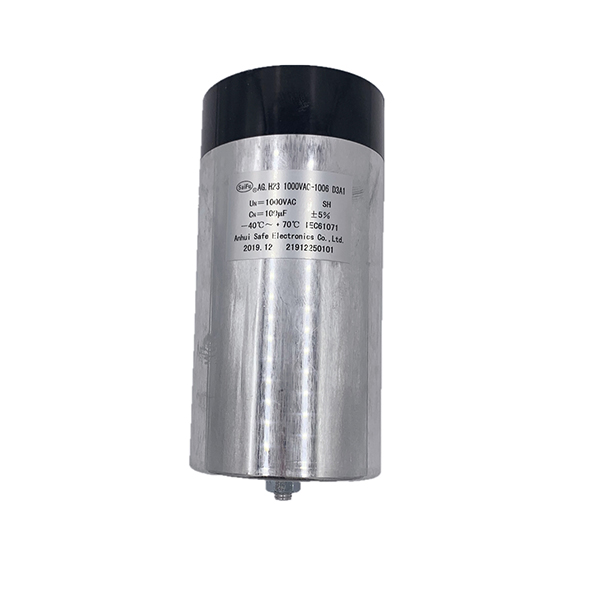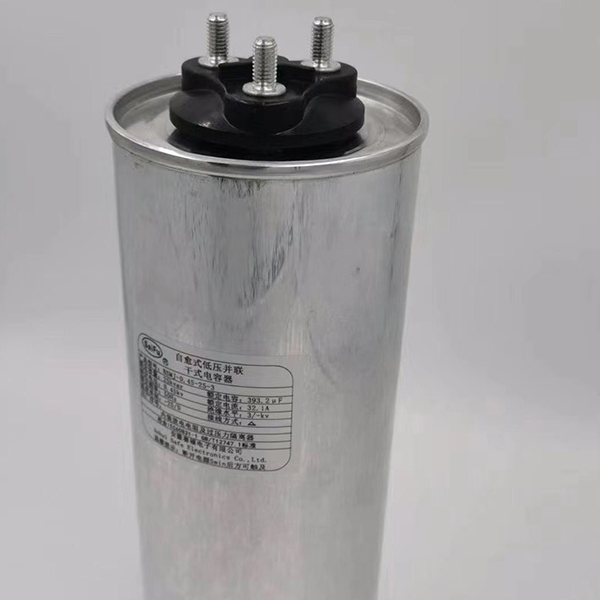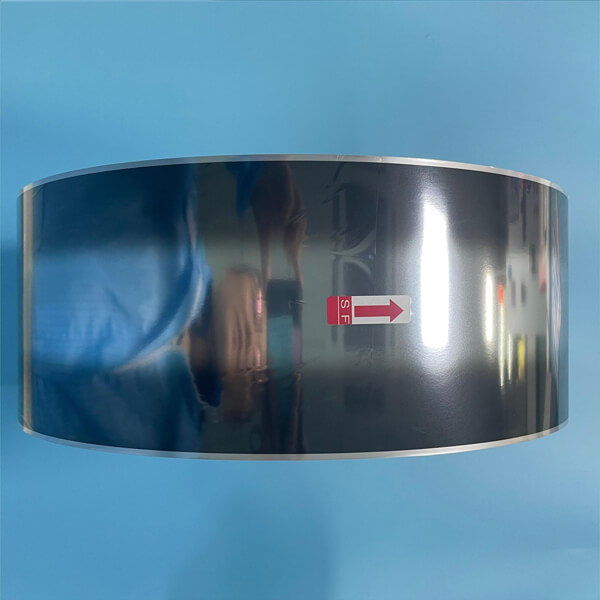The performance characteristics of capacitor films and aluminum capacitors
Capacitor films are almost considered as ideal capacitors. The capacity of these capacitors does not change significantly with temperature and they do not generate much heat during charging/discharging (ripple current). Due to the structure of the capacitor, it is a short circuit for the current circuit, so the inductance is very low, enabling it to be used in a wide frequency range, typically reaching several megahertz.
Aluminum capacitors have more issues. The capacitance of these capacitors varies with temperature and frequency due to the combination of fine pores and conductive electrolyte. The ohmic loss generated in the aluminum and paper/electrolyte combination structure, as well as the frequency-dependent loss in imperfect oxide layer, causes the capacitor to generate heat during charging/discharging, limiting the capacitor's ripple current handling capability. Finally, and most importantly, the electrolyte reacts with other materials in the capacitor over time, causing changes in the electrical characteristics and increasing the failure rate of the capacitor after reaching its service life. Since the rate of chemical reactions decreases with the decrease in capacitor temperature, it is necessary to calculate the capacitor's lifespan based on the operating conditions of the solar inverter.
If any issues occur in capacitor films, such as dielectric breakdown or encountering a very high current pulse (high dU/dt), the metallization layer or the contact connected to the metallization layer will be damaged. In the end, the capacitor film will become open circuit.
If any issues occur in aluminum capacitors, the results are more unpredictable. The damage to the terminals caused by dielectric breakdown can result in short circuits, open circuits, or intermediate states, such as increased leakage current. If the aluminum capacitor overheats and is also connected to a power source, its temperature can rise above the boiling point of the electrolyte, reaching approximately 200℃. The generated internal pressure will open the pressure relief device, causing the electrolyte to flow out and the winding layer to dry up.
Design considerations for capacitor films and aluminum capacitors
When choosing between the two technologies, performance is not the only consideration factor, the size of the component is also important, and price is also a factor. Always bear in mind how capacitor films and aluminum capacitors achieve the desired effect?
The space efficiency of aluminum capacitors is certainly higher than that of capacitor films. On the other hand, aluminum capacitors have limited lifespan and higher losses. For a solar inverter that requires a working life of 20 years or a high power rating, capacitor films are a better choice due to their lower losses and infinite lifespan.
Only in terms of component cost, aluminum capacitors have an absolute advantage, for example, the cost of a capacitor film is 5 times or even more of the corresponding aluminum capacitor for the same 470µF/450V. However, aluminum capacitors generally require additional protection circuits. In contrast, capacitor films require almost no peripheral components to prevent failure. Especially for high power rating solar inverters, capacitors capable of handling heat are a better choice as this can greatly reduce costs, such as eliminating the need for water cooling.
 English
English  한국어
한국어  français
français  Español
Español  русский
русский  Türkçe
Türkçe  Pilipino
Pilipino  Polska
Polska  Malay
Malay  Indonesia
Indonesia 



